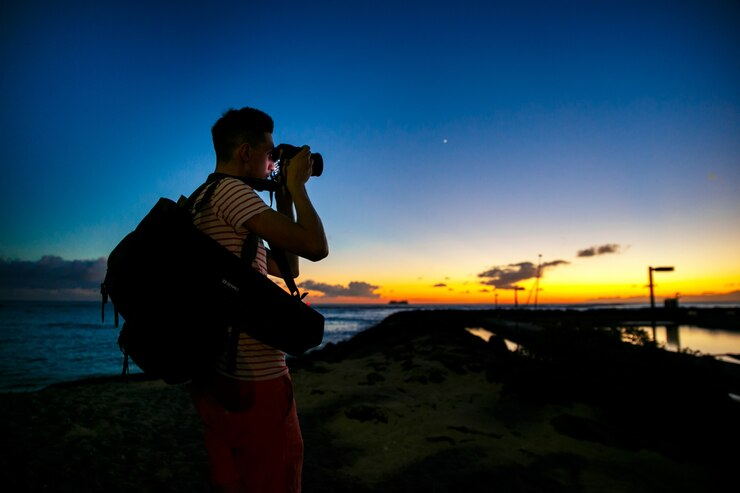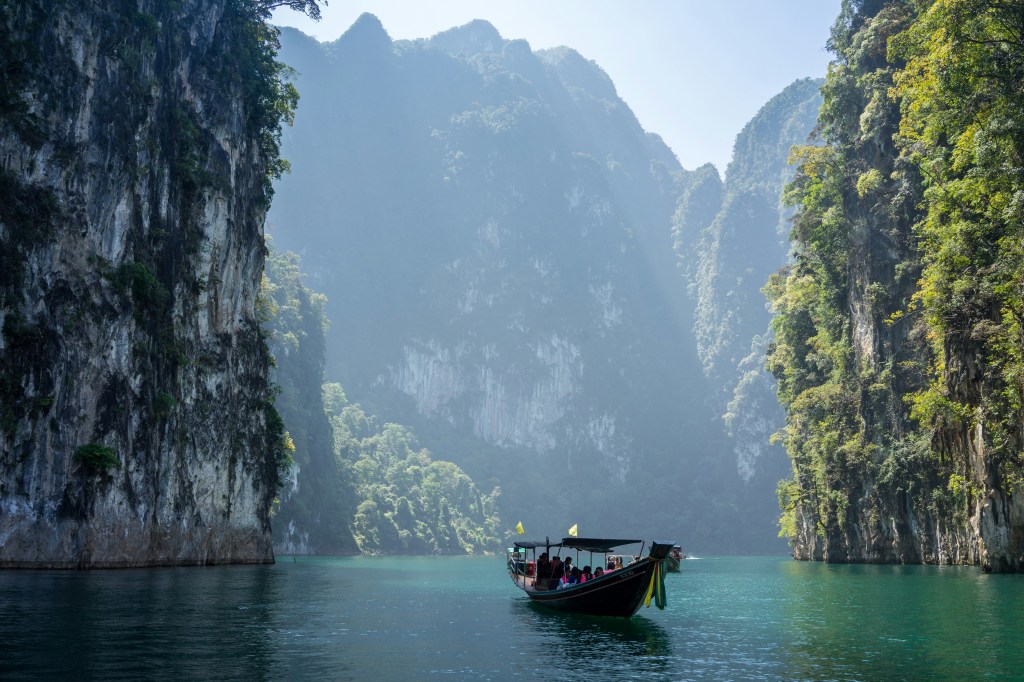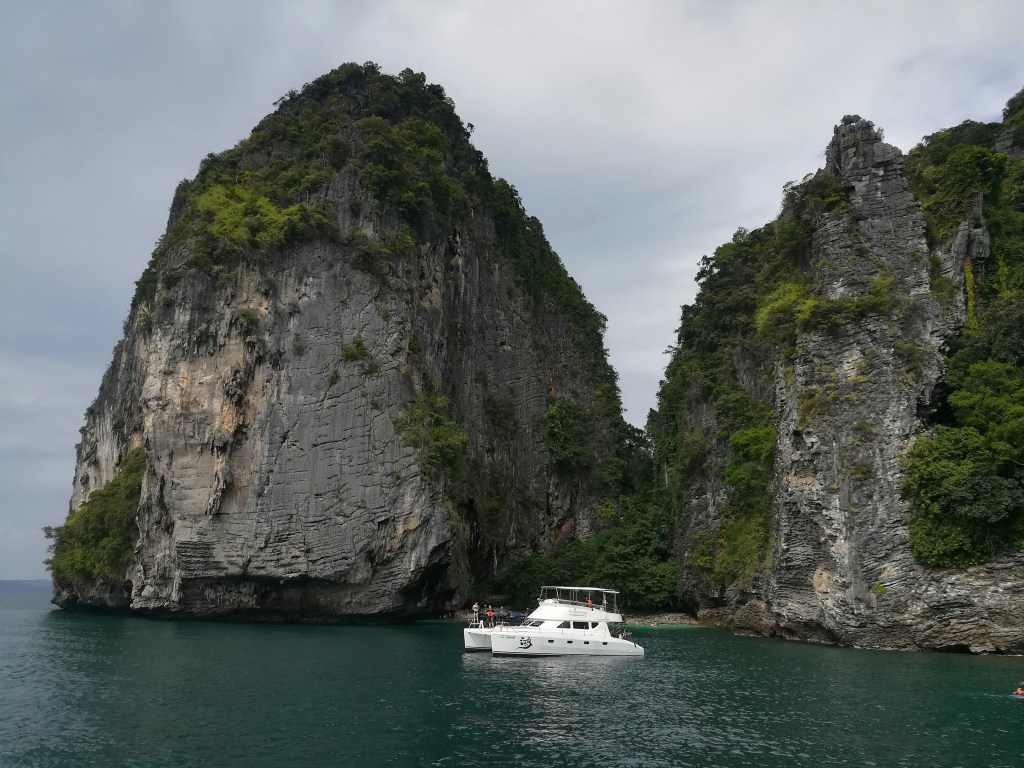
Singapore, a bustling city-state known for its rich cultural heritage and vibrant culinary scene, offers much more than just delicious food and stunning skyline views. For coffee aficionados, this Southeast Asian gem is a paradise waiting to be explored amidst the myriad activities in Singapore and the countless places to visit in Singapore. From traditional kopitiams to hipster cafes, Singapore boasts a diverse coffee culture that caters to every palate. Join us on a journey through the city’s thriving coffee scene with our comprehensive guide for coffee lovers.
1. Traditional Kopitiams: Preserving Heritage
Start your coffee adventure by immersing yourself in the charm of Singapore’s traditional kopitiams. These nostalgic coffee shops, reminiscent of the city’s past, offer a glimpse into Singapore’s cultural heritage. Step into Chinatown and discover iconic kopitiams like Tong Ah Eating House, where you can savor a cup of kopi (traditional coffee) paired with kaya toast—a local favorite. The aromatic blend of robust coffee beans and sweet condensed milk will tantalize your taste buds and transport you back in time.
2. Hipster Cafes: Trendy Brews
For a modern twist on coffee, head to Singapore’s trendy hipster cafes scattered across neighborhoods like Tiong Bahru and Kampong Glam. These chic establishments pride themselves on serving artisanal brews crafted with precision and passion. Stop by Nylon Coffee Roasters, a hidden gem known for its specialty single-origin beans sourced from around the world. Indulge in a meticulously brewed pour-over or espresso, and marvel at the intricate flavor profiles that dance on your palate. Don’t forget to snap a photo of your beautifully crafted latte art before taking a sip!
3. Specialty Coffee Roasters: Beans to Brews
Take your coffee journey a step further by exploring the world of specialty coffee roasters in Singapore. These dedicated artisans meticulously roast and brew premium beans to perfection, resulting in a truly exceptional coffee experience. Make your way to Common Man Coffee Roasters, a renowned roastery and cafe nestled in the vibrant Robertson Quay area. Here, you can witness the roasting process firsthand and sample a selection of meticulously curated blends and single origins. Whether you prefer a smooth flat white or a bold cold brew, Common Man Coffee Roasters has something to satisfy every discerning coffee lover.
4. Coffee Workshops: Brewing Mastery
For those eager to delve deeper into the art of coffee brewing, Singapore offers a plethora of workshops and classes tailored to enthusiasts of all levels. Join a hands-on session at PPP Coffee, a specialty coffee academy dedicated to educating coffee lovers about the intricacies of brewing. Learn the fundamentals of espresso extraction, master the art of milk texturing, and discover the secrets behind creating the perfect cup of coffee. Whether you’re a novice or a seasoned barista, these immersive workshops promise to elevate your coffee brewing skills to new heights.
5. Coffee Cocktails: Fusion Flavors
Wrap up your coffee adventure in Singapore by indulging in a unique blend of flavors with coffee cocktails. Unleash your inner mixologist and embark on a journey of flavor exploration at bars and restaurants throughout the city. Head to Jekyll & Hyde, a cozy speakeasy in the heart of Tanjong Pagar, and savor innovative concoctions like the Espresso Martini or the Coffee Old Fashioned. Let the bold flavors of coffee intertwine with premium spirits, creating a harmonious symphony of taste and aroma that will leave you craving for more.

In conclusion, Singapore offers a diverse and vibrant coffee culture that caters to the tastes and preferences of every coffee lover. Whether you’re drawn to the nostalgia of traditional kopitiams, the innovation of hipster cafes, or the sophistication of specialty coffee roasters, Singapore has something to offer for everyone. Embark on a coffee adventure like no other and immerse yourself in the rich flavors and aromas that await you in this dynamic city-state.

























